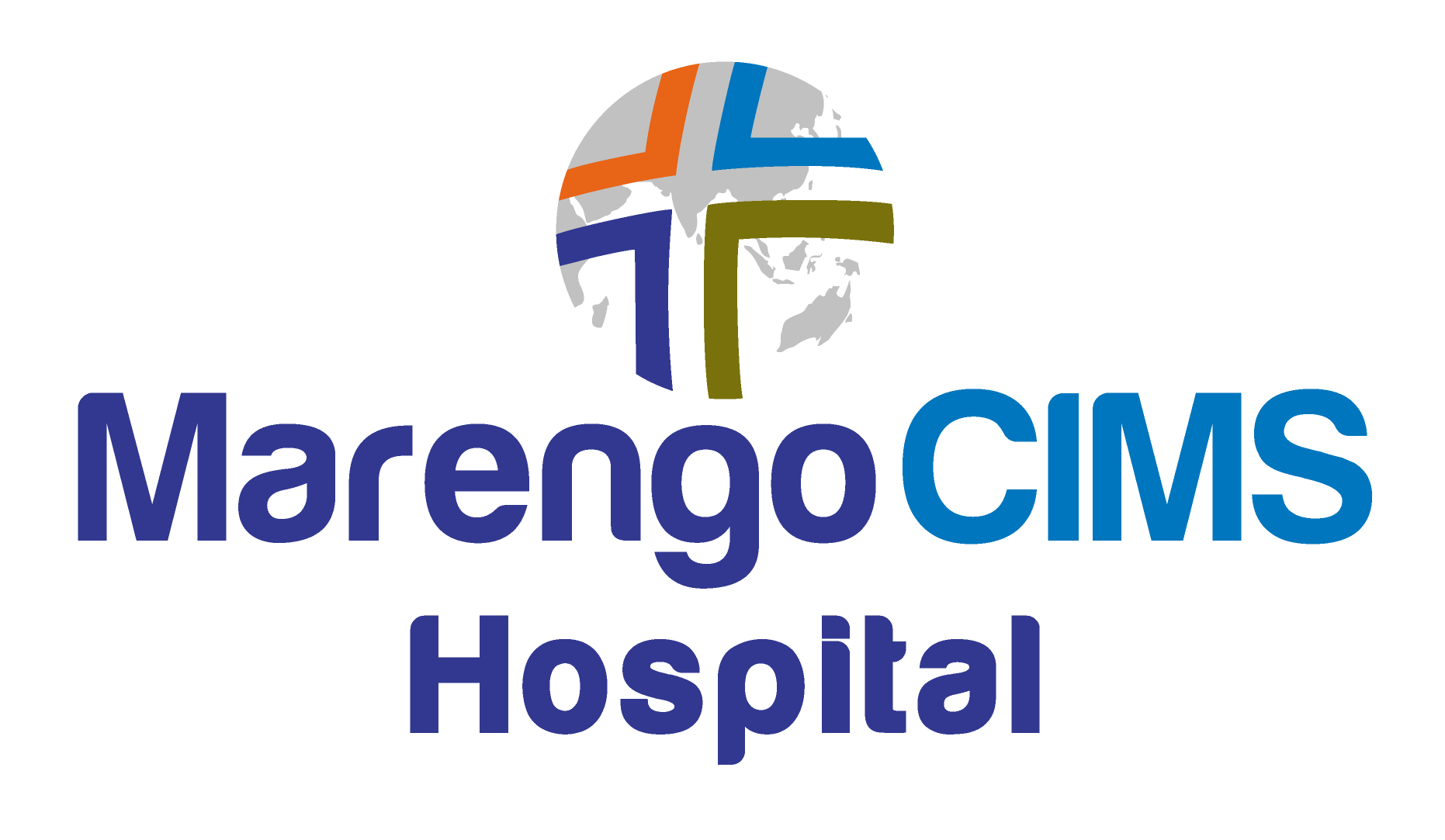MRI
Magnetic resonance imaging (MRI) is a technique that allows doctors to see inside the human body in great detail without using X-rays.
- SIGNA Explorer MRI
CIMS has come up the advanced technologies of SIGNA Explorer MRI 1.5 T, which helps to explore new horizons in imaging. With features like Silent Suite and 3D motion correction, the system delivers exceptional image quality, enhanced patient comfort, and also helps improve workflow and simplify operations.
- SIGNA Explorer is designed to be cost efficient during its full lifetime with energy-saving features, zero-helium boil-off technology and a smaller footprint meaning less space needed.
- The SilentSuite and OpTix Optical RF technology improve image quality and make the experience more comfortable for patients.
- Motion correction techniques like propeller help minimize the effects of motion artifacts, potentially reducing the need for rescans and the impact of patient movement on workflow.
- Volumetric imaging acquisitions like Cube replace cumbersome, slice-by-slice, plane-after-plane 2D acquisitions with a single 3D volume scan.
- Additional time-savers include READY Brain, an automated brain exam even non-expert MR users can operate, and simplified whole body diffusion imaging with eDWI in as little as seven minutes.
- Enhanced clinical capability
- 3D motion correction with PROMO
- Imaging around metal with MAVRIC SL
- High-resolution diffusion with FOCUS
- Exclusive SilentSuite!
Advantages of MRI
- MRI does not use ionizing radiation, and is thus preferred over CT in children and patients requiring multiple imaging examinations
- MRI has a much greater range of available soft tissue contrast, depicts anatomy in greater detail, and is more sensitive and specific for abnormalities within the brain itself
- MRI scanning can be performed in any imaging plane without having to physically move the patient
- MRI contrast agents have a considerably smaller risk of causing potentially lethal allergic reaction
- MRI allows the evaluation of structures that may be obscured by artifacts from bone in CT images
Advantages of perfusion cardiac MRI
- Higher spatial resolution
- Shorter exam time
- Absence of soft tissue attenuation artifacts
- No radiation
- The ability to assess other aspects of the heart better and more quantitatively, such as myocardial viability and ventricular and valvular function.

Neurological indications for cranial MRI
- Vascular (ischemic and hemorrhagic stroke, AVM, aneurysm, venous thrombosis)
- Tumor (primary CNS and metastatic)
- Infection (abscess, cerebritis, encephalitis, meningitis)
- Inflammatory/Demyelinating Lesions (multiple sclerosis, sarcoidosis, etc.)
- Trauma (epidural hematoma, subdural hematoma, contusion)
- Hydrocephalus
- Congenital Malformations

In Breast MRI
In Breast MRI, acquiring a useful image is all about technique. Our MRI offers visionary techniques to help to capture visible results, even in the presence of challenges such as motion and water/fat separation. With VIBRANT/VIBRANT Flex dynamic T1w imaging, enhanced DWI, BREASE MR Spectroscopy, dedicated 16 channel coils, and advanced postprocessing, one can see exactly the information needed to help the clinician deliver a confident diagnosis — and strive for a positive patient outcome.

MR imaging is performed to:
- Assess spinal anatomy and alignment.
- Detect congenital anomalies of vertebrae or the spinal cord.
- Detect bone, disc, ligament or spinal cord injury after spine trauma.
- Assess intervertebral disk disease (degenerated, bulging or herniated) and intervertebral joint disease, both frequent causes of severe lower back pain and sciatica (back pain radiating into lower leg).
- Explore other possible causes of back pain (compression fracture or bone swelling, such as edema).
- Assess compression of spinal cord and nerves.
- Assess inflammation of the spinal cord or nerves.
- Assess infection involving the spine, disks and spinal contents including spinal cord or its coverings (meninges).
- Assess tumors that arise from or have spread to the vertebrae, spinal cord, nerves or the surrounding soft tissues.
- Help plan spinal surgical procedures, such as decompression of a pinched nerve, spinal fusion, or the injection of steroids to relieve spinal pain. Such injections are usually performed under CT guidance.
- Monitor changes in the spine after an operation, such as scarring or infection.


